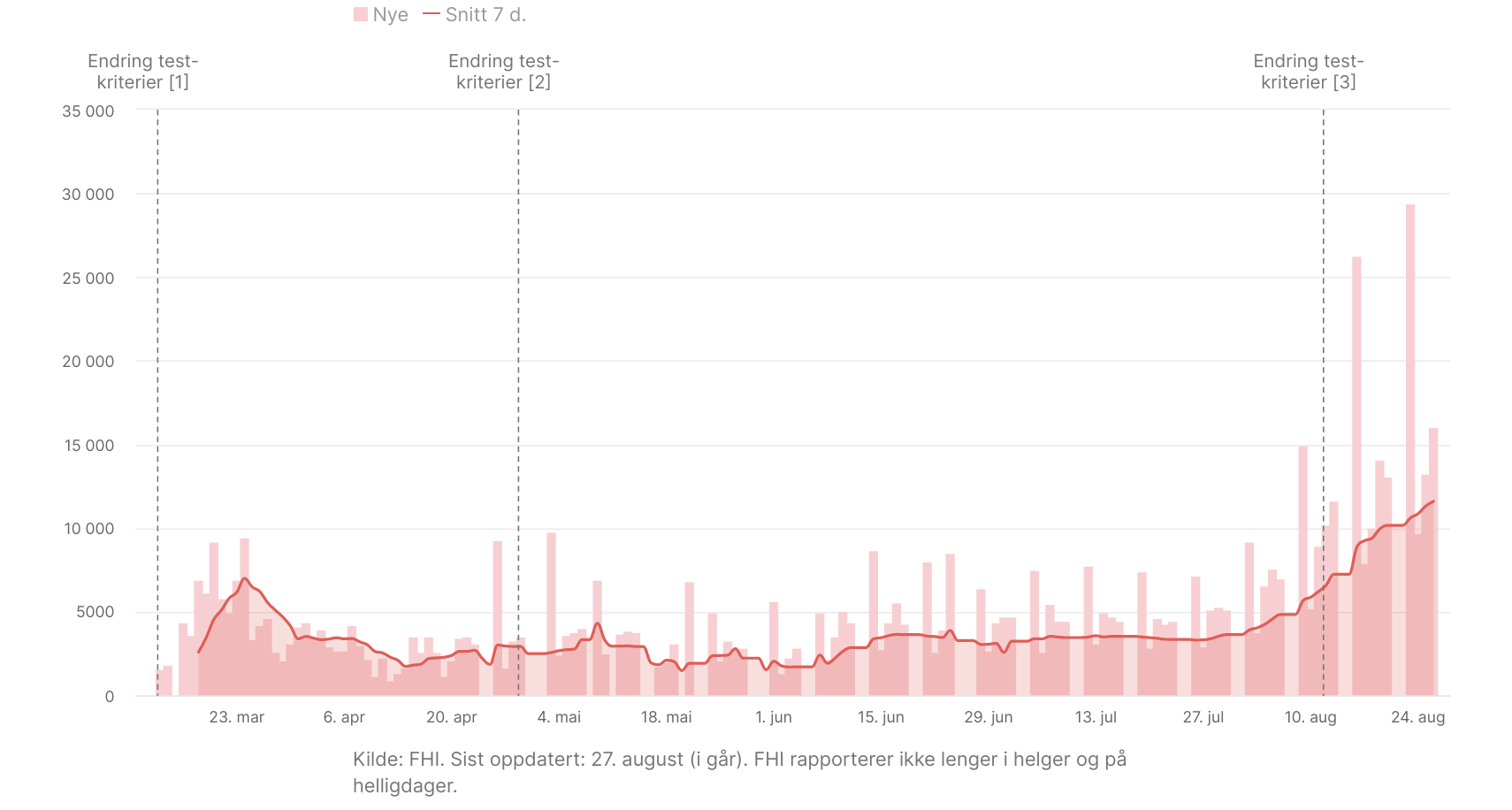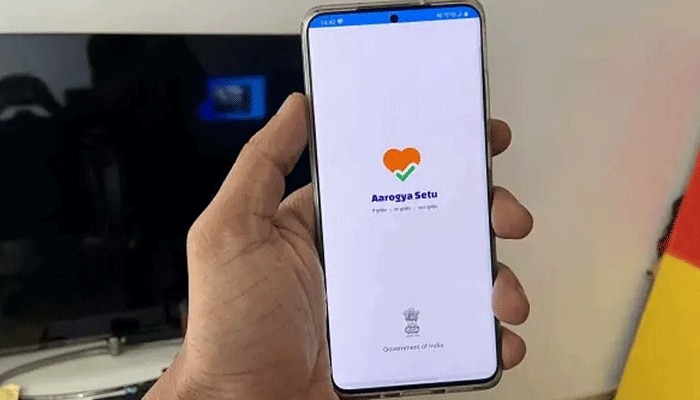
This places a lot of user information out of their own control, and in the hands of the government. The central authority looks up those identifiers in its database, and uses phone numbers or email addresses to reach out to other users who may have been exposed. When a user tests positive, their app uploads a list of all the identifiers it has come into contact with over the past two weeks. In this model, the authority keeps a database that maps app identifiers to contact information. For example, TraceTogether, developed for the government of Singapore, requires all users to share their contact information with the app’s administrators. Some apps rely on one or more central authorities that have privileged access to information about users’ devices. This is where different designs for the app significantly diverge.

When a user of the app learns that they are infected with COVID-19, other users can be notified of their own infection risk. The users’ location is not necessary, as the application need only know if the users are sufficiently close together to create a risk of infection.

Each app logs an encounter with the other’s identifier. If the apps estimate that they are less than approximately six feet (or two meters) apart for a sufficient period of time, the apps exchange identifiers.
#Corona tracker on iphone Bluetooth#
When two users of the app come near each other, both apps estimate the distance between each other using Bluetooth signal strength. To protect privacy, many proposals, including the Apple and Google APIs, have each phone’s identifier rotated frequently to limit the risk of third-party tracking. The app broadcasts a unique identifier over Bluetooth that other, nearby phones can detect. There are many different proposals for Bluetooth-based proximity tracking apps, but at a high level, they begin with a similar approach. Some of these safeguards are discussed below. Above all, the choice to use them should lie with individual users, who should inform themselves of the risks and limitations, and insist on necessary safeguards. Developers and governments should also consider legal and policy limits on the use of these apps. With technological safeguards, sophisticated proximity tracking apps may avoid the common privacy pitfalls of location tracking. Contact tracing applications cannot make up for shortages of effective treatment, personal protective equipment, and rapid testing, among other challenges.ĬOVID-19 is a worldwide crisis, one which threatens to kill millions and upend society, but history has shown that exceptions to civil liberties protections made in a time of crisis often persist much longer than the crisis itself. Above all, we should not trust any application-no matter how well-designed-to solve this crisis or answer all of these questions. A number of similarly designed applications are now available or will launch soon.Īs part of the nearly unprecedented societal response to COVID-19, such apps raise difficult questions about privacy, efficacy, and responsible engineering of technology to advance public health.
#Corona tracker on iphone android#
Just today, Apple and Google announced joint application programming interfaces (APIs) using these principles that will be rolled out in iOS and Android in May. In this approach, if one of the users becomes infected, others whose proximity has been logged by the app could find out, self-quarantine, and seek testing. Instead, developers are rapidly coalescing around applications for proximity tracing, which measures Bluetooth signal strength to determine whether two smartphones were close enough together for their users to transmit the virus. Location tracking -using GPS and cell site information, for example-is not suited to contact tracing because it will not reliably reveal the close physical interactions that experts say are likely to spread the disease. Proponents of this approach point out that many people already own smartphones, which are frequently used to track users’ movements and interactions in the physical world.īut it is not a given that smartphone tracking will solve this problem, and the risks it poses to individual privacy and civil liberties are considerable. In particular, public health experts and others argue that smartphones could provide a solution to an urgent need for rapid, widespread contact tracing-that is, tracking who infected people come in contact with as they move through the world. Around the world, a diverse and growing chorus is calling for the use of smartphone proximity technology to fight COVID-19.


 0 kommentar(er)
0 kommentar(er)
